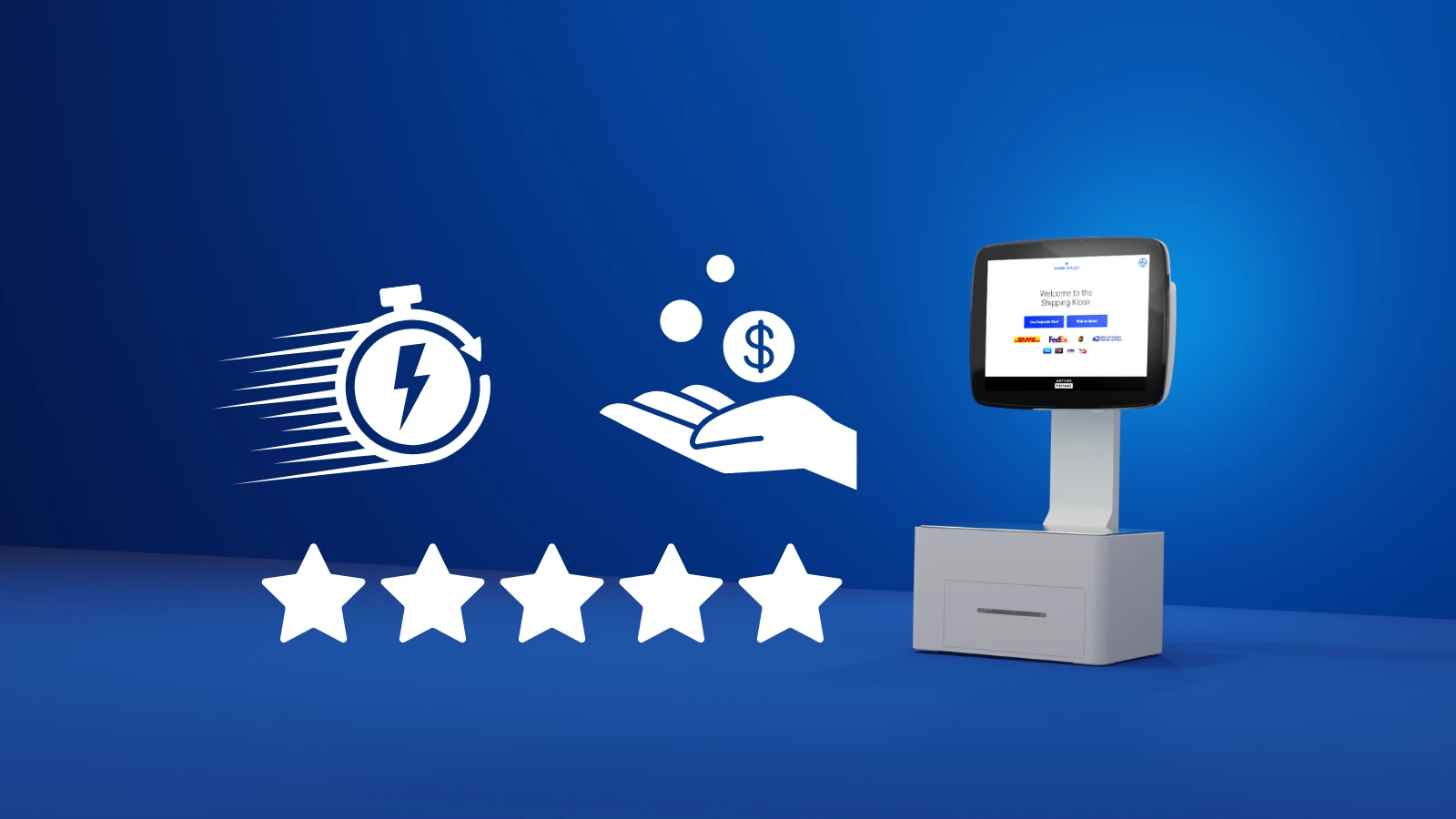July 7, 2025
·
4 min read

Picture this: Someone spends half an hour in your store or space manually weighing, labeling, and logging each package they send. It may seem small until you add up dozens of shipments every day. Manual shipping may be traditional, but it hides real costs such as time, mistakes, stress.
When added up, the contrast between manual vs automated shipping is clear. Automation not only reduces wasted time, energy, and resources, it transforms how small businesses ship.
Manual vs Automated Shipping – What’s the Difference?
Manual shipping means entering data by hand, printing labels one at a time, and taking guesses as to what might be the best carrier for a particular shipment. The good news? Automation takes over that work. Shipping labels are printed in batches. Systems pick carriers based on price or speed. Data flows into your order history without typing.
The following quick table helps compare:

That keyword “manual vs automated shipping” basically sums it up, and automation wins on every front.
The Hidden Costs of Manual Shipping
1. Labor Overhead
Time spent on repetitive tasks costs money. If one person spends an hour daily on shipping, that’s over 20 hours per month lost to non‑value activities.
2. Human Errors
Manual entry can lead to mistakes such as wrong addresses, missed tracking numbers, mislabeled parcels. Each error can mean delays, reships, and unhappy customers.
3. Slow Fulfillment
Without automation, shipping batches get held up and you miss out on fast delivery options. That can mean lost sales, especially during busy seasons.
4. Poor Customer Experience
Inconsistent updates, vague delivery times, and inability to track packages all hurt buyer trust. Customers definitely notice and can get antsy when they don’t know where their packages are.
5. Limited Insights
Manual systems never fully track shipping data, which results in lost insights regarding true costs. In addition, carrier performance and speed of delivery end up being determined by largely guesswork.
Benefits of Automating Your Shipping Process

Automated shipping isn’t just faster. It’s smarter.
- Save on Costs: Less labor, fewer errors, and automatic carrier rate comparison.
- Speed Up Orders: Batch label printing and automatically selected carriers result in reduced processing time.
- Improve Customer Experience: Real‑time tracking, branded notifications, and reliable shipping times.
- Scale Easily: Handle holiday spikes without stress or shipping errors.
- Access Real Data: Get clear reports on costs, carrier performance, and shipment times.
Anytime Postage – Shipping Automation That Works
Anytime Postage offers a self‑service shipping kiosk for businesses that need easy, automated shipping. Here’s how Anytime Postage makes a difference in the manual vs automated shipping debate:
- Fully Integrated Carriers: Works with FedEx, UPS, DHL, USPS, and more with no extra setup needed.
- Built-In Scale & Label Printer: Weigh packages up to 33 pounds and print compliant labels in seconds.
- White Label Branding: Customize the interface so that it matches your branding and personal tone.
- 24/7 Self-Service: Let staff or customers ship anytime without extra labor costs.
- Global Ready: Supports multiple languages and currencies—ideal for international shipping.
Anytime Postage replaces manual tasks, cuts errors, and gives full data visibility—making it a strong example in the manual vs. automated shipping world.
How to Move from Manual to Automated Shipping
- Assess Your Process. How long do you spend per order? How many errors occur?
- Pick the Right Tool. For kiosks, consider carrier support, weighing scale, printing, and branding.
- Set Rules. Choose automatic carrier selection, markup rules, and print settings.
- Train Staff. Show how to weigh, label, and log properly.
- Track Results. Monitor processing time, errors, and cost per shipment.
- Improve Continuously. Tweak your rules and integrations as volume grows.
Is It Time to Automate?

Ask yourself:
- Do you spend more than a few minutes per order?
- Are shipping errors eating into profits?
- Do holiday orders sometimes overwhelm your team?
If you answered yes to any of these questions, automation may be a smart next move.
Conclusion
The debate of manual vs. automated shipping isn’t hypothetical. Manual methods hide true costs, while implementing automation with tools such as Anytime Postage removes those costs. It speeds up fulfillment, cuts mistakes, and gives you the data you need to ship smarter.
Upgrade your shipping. Save time and money. Gain data insights, and consider a smarter, automated solution.
Ready to raise the bar on your shipping process? Start automating with Anytime Postage.


